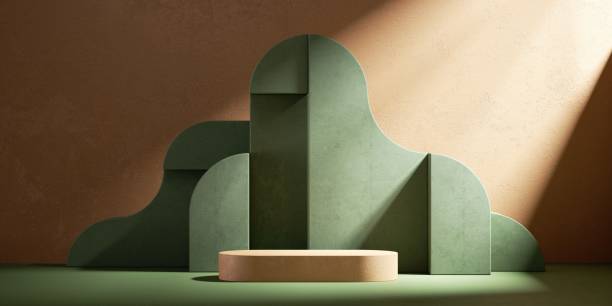Interior design is the art and science of enhancing the interior of a building to achieve a healthier and more aesthetically pleasing environment for the people using the space. An interior designer is someone who plans, researches, coordinates, and manages such enhancement projects. Interior design is a multifaceted profession that includes conceptual development, space planning, site inspections, programming, research, communicating with the project’s stakeholders, construction management, and execution of the design.
Modern architecture was characterized by its simplicity and emphasis on form over function in the 20th Century. Postmodern architecture emerged in the 1960s. It rejected pure rectangular forms and minimalist appearances and broke all the building design rules.
Postmodern architecture embraces uniqueness, color, ornamentation and artistry.
What makes a building postmodern?
Postmodernist architects felt modernist architecture ignored the need for beauty and turned cities into boring, unremarkable landscapes. The postmodern architecture featured decorative elements such as curved forms and bright colors, asymmetrical lines, curves, and architectural features from other eras. Each postmodern building is unique and allows the architect to use whatever construction techniques and aesthetic ideas they want.
Postmodern buildings often use bold, unusual colors. This is a stark contrast to the neutral tones used in modernist architecture. Postmodern architecture was born out of the limitations of modernist buildings’ boxy and modular designs. It experimented with new shapes and construction methods that were impossible before the 20th Century. Postmodern architecture did not abandon the rules. It incorporated elements of historical architectural styles and mixed them in unique ways.
Although postmodern architecture has no defined rules, some buildings’ characteristics will help you identify one:
- Forms that are symmetrical or oblique
- It’s a hodgepodge collection of colors, textures and shapes.
- Different materials and elements are used at different times.
- Bright colors and splashes of color
- Ornamentation and decorative components
- Classical elements such as arches, domes and pillars
- Forms of sculpture
- Unconventional use of materials and methods
- Abstraction of classical motifs
- Trompe l’oeil
- Prioritizing form over function
The History of Postmodern Architecture
Postmodern architecture was born in 1960 due to modernist architecture’s “less is more” philosophy. Robert Venturi, a famous postmodern architect, described it as a mixture of complexity and contradictions. Postmodern architecture combined modern construction techniques with visionary futurism, classical architecture, and borrowed rococo and neoclassical architectural elements.
Some famous postmodern buildings include:
MI6 Building, London (UK)
The SIS (or MI6) building was designed by Terry Farell in the late 1980s and has been the British secret service’s headquarters since 1994. Its design combines the grandeur of Mayan and Aztec civilizations with industrial architecture.
Guggenheim Museum, Bilbao, Spain
Frank Gehry is one of the few architects who has made a name for himself. He is known for his whimsical and outrageous designs, which defy the rules of architecture. Gehry’s 1997 design was completed. It is bold, unique, and unlike any other building. The museum’s titanium exterior, free-flowing and organic, is designed to reflect light and transform its appearance as the sun moves across the sky.
The Neue Staatsgalerie Stuttgart, Germany
This James Stirling-designed building was built between 1979 and 1984. It combines modernist elements with classicism.

